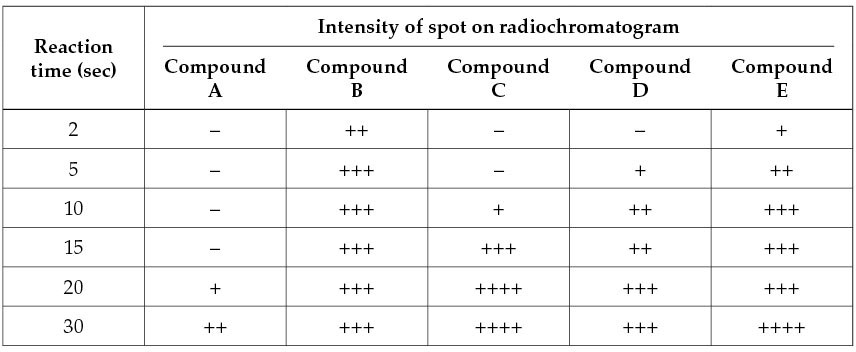Chapter 1. Tracing the Pathway of CO₂
Tracing the Pathway of CO₂
After watching the animation, proceed to the quiz below.
Introduction
Conclusion
Question 1 of 4
Animation 10.3 Quiz
In a reaction catalyzed by the enzyme rubisco, CO2 combines with a _______ molecule (ribulose 1,5-bisphosphate) to form two molecules of a _______ molecule (3-phosphoglycerate).
| A. |
| B. |
| C. |
| D. |
Correct. See Key Concept 10.3 Chemical Energy Trapped in Photosynthesis Is Used to Synthesize Carbohydrates
Incorrect. See Key Concept 10.3 Chemical Energy Trapped in Photosynthesis Is Used to Synthesize Carbohydrates
Activity results are being submitted...
